Redis is a powerful, open-source database system that is widely used for its speed and flexibility.
If you are looking for a way to store, retrieve, and manage data quickly and reliably, then learning Redis is a great choice.
Table of Contents
Learning Redis Online: A Student’s Guide
What is Redis?
Redis is an in-memory data structure store, used as a database, cache, and message broker. It is open-source, networked, and supports multiple programming languages.
Redis is an ideal choice for applications that require high performance, such as gaming, real-time data streaming, and other applications that require high throughput.
Redis is a NoSQL database, it is different from traditional databases because it stores the data in a key-value store, making it fast and efficient.
It can store and handle data structures such as strings, hashes, lists, sets, and sorted sets. This makes it possible to store complex data structures and perform operations on them in a very efficient manner.
Redis also supports transactions, making it ideal for applications that require data consistency and correctness.
It uses replication to provide data redundancy and can scale horizontally by adding more nodes to the cluster.
It also supports data encryption for extra security. It is used by many popular websites and applications such as Twitter, GitHub, and Reddit.
If you’re looking for a powerful data store for your application, Redis is worth considering.
Popular Redis Use Cases
- Caching: Redis is an ideal choice for caching. It’s fast and provides an expansive set of features that make it suitable for use in a variety of scenarios. Redis supports data structures such as strings, hashes, lists, and sets, which gives it the ability to store data of any type. Furthermore, Redis can persist data to disk, providing a better way of handling data than simple in-memory caching.
- Queue Management: Redis is also a great choice for managing queues. Its data structures and features make it easy to programmatically manage queues with Redis. It can be used to store and manage tasks in a queue, as well as for monitoring and tracking tasks.
- Real-time Analytics: As a highly performant data store, Redis is a popular choice for real-time analytics. It can be used to store data in an indexed form and to quickly retrieve data, making it an ideal choice for applications that require near real-time analytics.
- Pub/Sub Messaging: Redis is also a great choice for pub/sub messaging. It’s fast and supports clustering, allowing multiple nodes to work together to process messages. Furthermore, Redis also supports publish/subscribe messages, allowing applications to subscribe to topics and receive notifications when something happens.
- Streaming Data: Redis is also a great choice for streaming data. It supports data sharding and can be easily scaled to handle large amounts of data. Additionally, Redis supports data replication, allowing data to be mirrored between nodes for greater fault tolerance and availability.
Redit learning resources
If you’re looking to learn more about Redis and want to explore its features, tools, and applications, there are several resources available to help you get started.
Here are some of the best resources to begin learning Redis:
- Redis Labs Documentation: This comprehensive documentation from Redis Labs provides detailed information on Redis commands and syntax, as well as tutorials and articles on how to use Redis in various applications.
- Redis University: Redis University offers online courses, webinars, and certifications for those looking to gain a deeper understanding of Redis and its associated technologies. All courses are free and self-paced, making it a great option for those looking to learn Redis in their own time.
- Redis Cookbook: This book from O’Reilly Media covers a wide variety of topics related to Redis, including installation, data structures, clustering, and security. The cookbook is written in a detailed and easy-to-follow manner, making it a great choice for those wanting to get up and running with Redis quickly.
- How to manage a Redis database – Digitalocean
- Learn Redis Tutorial – Javatpoint
- Redis tutorial for beginners on youtube
- Redis For Beginners – DEV Community
- Complete Guide to Redis – Learn Interactively – Educative.io
These are just a few of the many resources available to those looking to learn Redis. With the right resources and dedication, you can quickly become an expert in Redis and start applying it to your own projects.
Frequently Asked Questions
Is Redis easy to learn?
Yes, Redis is easy to learn. Due to its simple command syntax and lack of complex data structures, the language is easy to pick up for those without prior experience. Furthermore, there are many helpful resources online that can help new users understand the language and get up to speed quickly.
Is Redis worth learning?
Yes, Redis is worth learning. Redis is often used to store frequently accessed data and to quickly serve large numbers of requests. Its impressive feature set makes it popular for many different use cases and well worth the time investment.
Which is better MongoDB or Redis?
MongoDB is better for larger, more complex data sets, as it is a document-oriented database that offers robust querying, indexing, and a powerful aggregation framework. Redis, on the other hand, is better for applications that require in-memory processing and low latency, such as caching, gaming, real-time analytics, and message queues. Both databases are popular and have their pros and cons. It’s best to evaluate both databases against your specific requirements to determine which is the better choice.
Is Redis still popular?
Yes, Redis is still popular. It remains widely used in production environments and is being adopted more and more widely as a distributed, in-memory data structure store. Redis is a powerful, open-source in-memory database that is used in many applications, including social media, gaming, web development, and analytics. It is often used as a NoSQL database and is well-known for its support for data structures such as strings, hashes, lists, sets, and other key-value pairs. Redis has seen a surge in popularity due to its high performance, scalability, and stability. Furthermore, Redis is a popular choice for caching and session management, making it an attractive solution for many developers.
What is Redis is used for?
Redis is an open-source, in-memory data structure store used as a database, cache and message broker. It is often used to store data in key-value pairs, and can be used as a database to store and retrieve data in a fast and efficient way. It is also used for caching frequently accessed data, and for messaging applications such as queues, pub/sub and other streaming data protocols. It is a versatile data store that is useful for a variety of applications.
Is Redis a cache or database?
Redis is an in-memory data structure store that can be used as either a cache or a database. It is often used as a cache because it is extremely fast, allowing data to be retrieved quickly. Unlike traditional databases, it does not persist data to disk, so all data is stored in memory. This makes it a great choice for caching frequently used data, while a traditional database is well-suited for storing large amounts of data that is not accessed as frequently.
What is Redis vs SQL?
Redis is an open source, in-memory data structure store that is used as a database, cache, and message broker. It is often referred to as a NoSQL database, as it does not use the traditional SQL query language. Compared to SQL, Redis is better suited to handling large datasets, providing faster access to data, and scaling horizontally. Redis also offers a wide range of data structures and additional features, like support for master-slave replication, Pub/Sub messaging, and on-disk persistence.
Conclusion
In conclusion, learning Redis online can be a great way to expand your knowledge, but it’s important to understand what you need to know and the best practices for doing so.
Redis is an incredibly powerful tool and taking the time to understand it is essential. With the right resources, you can become an expert in no time.

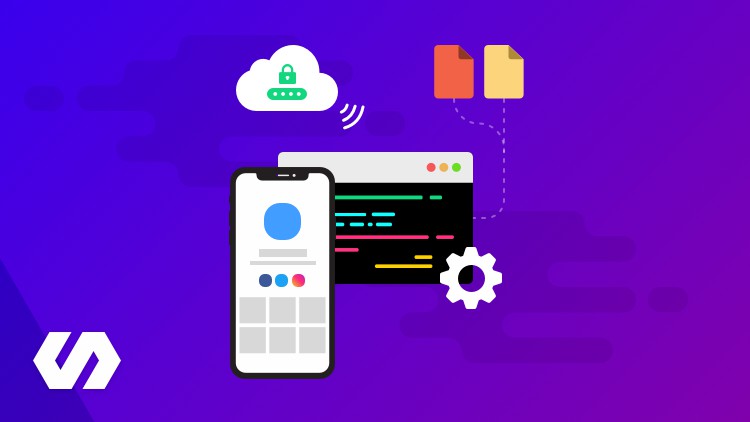
 Online course by
Stephen Grider
Online course by
Stephen Grider
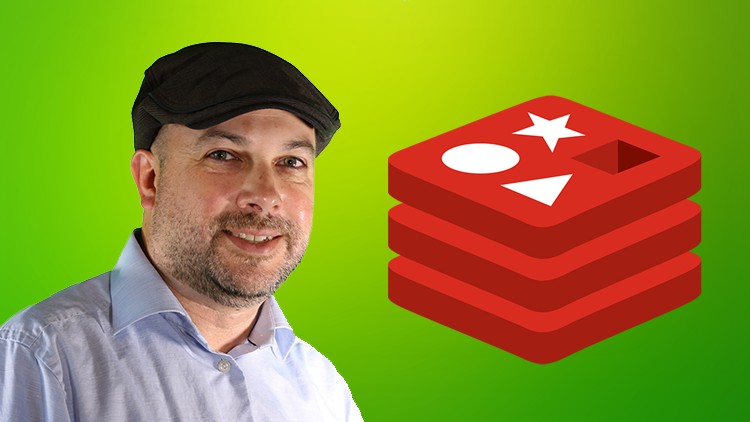
 Online course by
Sundog Education by Frank Kane
Online course by
Sundog Education by Frank Kane
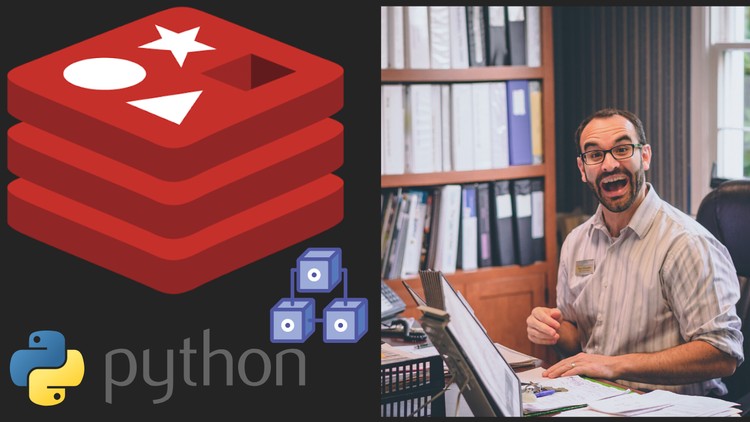
 Online course by
Vikas Kumar Jha
Online course by
Vikas Kumar Jha

 Online course by
Frank Anemaet
Online course by
Frank Anemaet
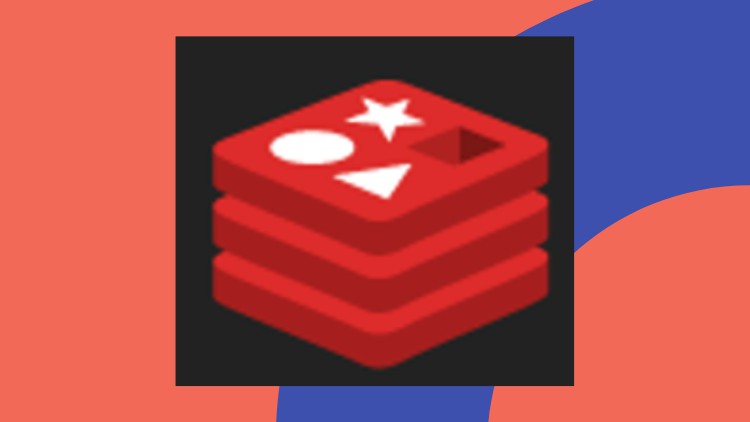
 Online course by
Adnan Waheed
Online course by
Adnan Waheed

 Online course by
Packt Publishing
Online course by
Packt Publishing

 Online course by
Bassem Abuein
Online course by
Bassem Abuein

 Online course by
Sandeep Soni
Online course by
Sandeep Soni

 Online course by
Vinoth Selvaraj
Online course by
Vinoth Selvaraj
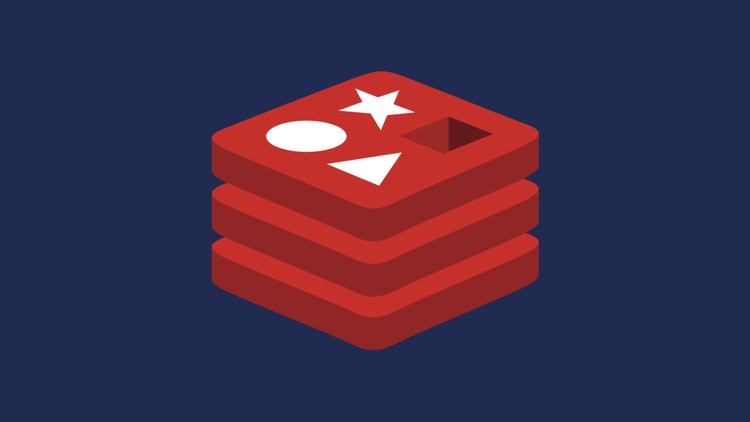
 Online course by
Shabbir Dawoodi
Online course by
Shabbir Dawoodi
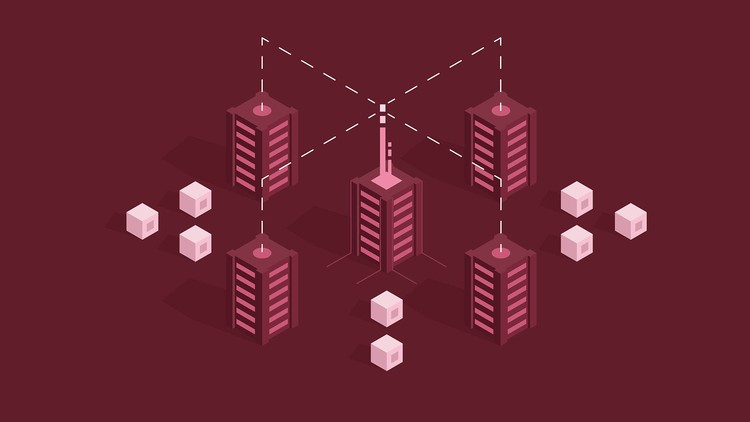
 Online course by
Yogesh Patel
Online course by
Yogesh Patel



